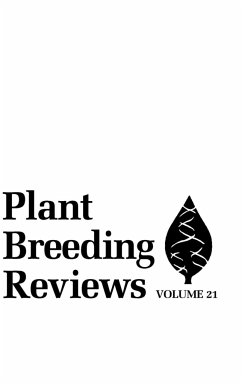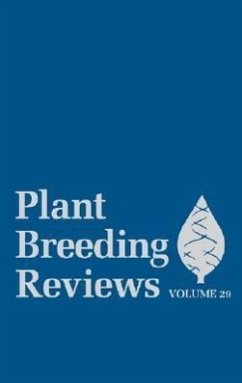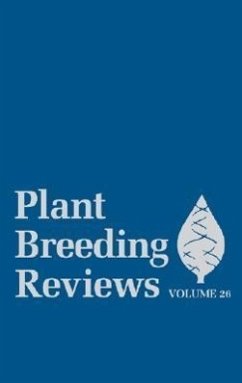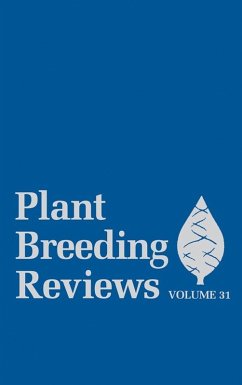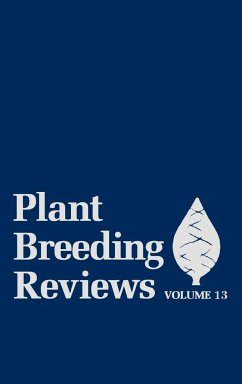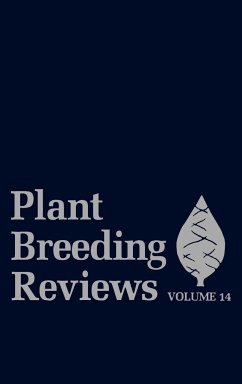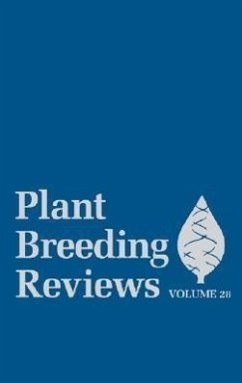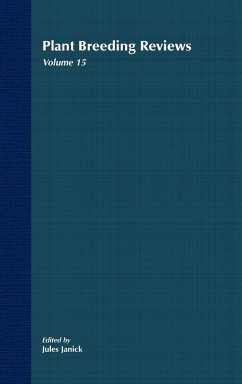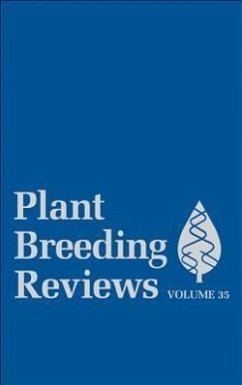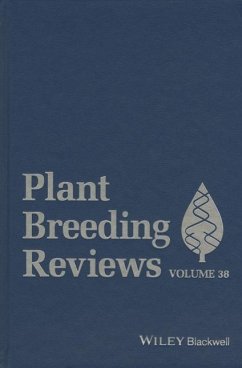
Plant Breeding Reviews, Volume 23

PAYBACK Punkte
178 °P sammeln!
Plant Breeding Reviews is an open-ended, serial continuation series of review articles on research in plant genetics, especially the breeding of commercially important crops. This detailed analysis bridges the gap between the specialized researcher and the broader community of plant scientists.



